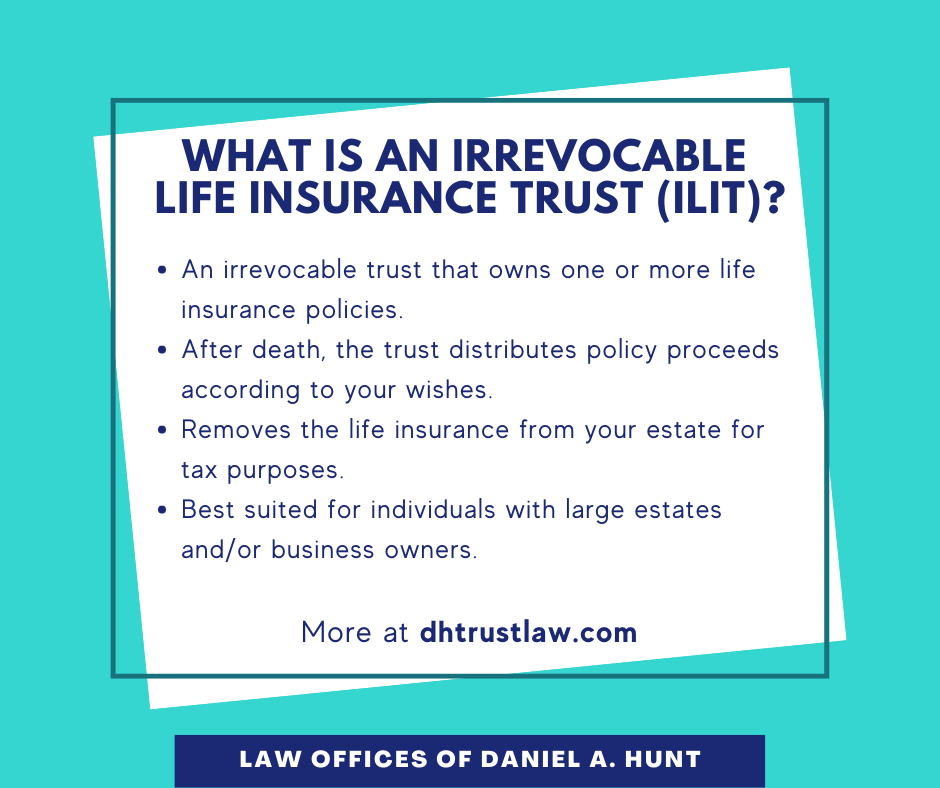7 Simple Techniques For Pacific Prime
7 Simple Techniques For Pacific Prime
Blog Article
See This Report on Pacific Prime
Table of ContentsThe Ultimate Guide To Pacific Prime5 Easy Facts About Pacific Prime ExplainedThe Basic Principles Of Pacific Prime Rumored Buzz on Pacific PrimeGetting The Pacific Prime To Work

This is due to the fact that the data were collected for a period of strong economic efficiency. Of the estimated 42 million individuals who were uninsured, almost concerning 420,000 (regarding 1 percent) were under 65 years of age, the age at which most Americans come to be qualified for Medicare; 32 million were adults between ages 18 and 65, around 19 percent of all grownups in this age; and 10 million were youngsters under 18 years old, regarding 13.9 percent of all children (Mills, 2000).
These price quotes of the number of individuals without insurance are produced from the annual March Supplement to the Existing Populace Study (CPS), carried out by the Census Bureau. Unless or else noted, national quotes of people without medical insurance and percentages of the populace with various kinds of coverage are based upon the CPS, the most extensively made use of resource of quotes of insurance policy protection and uninsurance prices.
The Definitive Guide for Pacific Prime

Still, the CPS is particularly beneficial since it creates yearly price quotes reasonably rapidly, reporting the previous year's insurance policy protection approximates each September, and because it is the basis for a consistent collection of price quotes for even more than two decades, enabling evaluation of fads in coverage over time. For these reasons, as well as the considerable use the CPS in various other research studies of insurance policy coverage that are offered in this record, we count on CPS estimates, with constraints kept in mind.

The price quote of the number of uninsured people increases when a population's insurance standing is tracked for numerous years. Over a three-year duration starting early in 1993, 72 million people, 29 percent of the U.S. https://fliphtml5.com/homepage/odsej/pacificpr1me/. populace, were without protection for a minimum of one month. Within a solitary year (1994 ), 53 million people experienced a minimum of a month without protection (Bennefield, 1998a)
Six out of every 10 without insurance adults are themselves used. Functioning does improve the likelihood that one and one's household participants will have insurance policy, it is not an assurance. Also participants of households with 2 full time wage earners have practically a one-in-ten opportunity of being without insurance (9.1 percent without insurance price) (Hoffman and Pohl, 2000).
The 10-Minute Rule for Pacific Prime
New immigrants represent a substantial proportion of people without health and wellness insurance policy. One evaluation has actually connected a considerable section of the recent development in the size of the united state without insurance population to immigrants that arrived in the country between 1994 and 1998 (Camarota and Edwards, 2000). Recent immigrants (those that concerned the USA within the why not try these out previous 4 years) do have a high price of being without insurance (46 percent), yet they and their youngsters represent simply 6 percent of those without insurance coverage nationally (Holahan et al., 2001).
The relationship in between health and wellness insurance policy and access to care is well established, as documented later in this phase. Although the partnership in between health insurance and health and wellness results is neither direct neither basic, an extensive professional and health and wellness solutions research literature web links health and wellness insurance policy protection to improved access to care, much better high quality, and improved individual and populace health standing.
Levels of analysis for checking out the impacts of uninsurance. It focuses specifically on those without any type of wellness insurance coverage for any kind of size of time.
The Basic Principles Of Pacific Prime
The troubles encountered by the underinsured are in some aspects similar to those encountered by the uninsured, although they are usually much less serious. Wellness insurance policy, nevertheless, is neither necessary neither sufficient to obtain accessibility to medical solutions. The independent and direct result of wellness insurance protection on access to wellness services is well developed.
Others will acquire the health and wellness treatment they require even without medical insurance, by spending for it out of pocket or seeking it from companies who use care cost-free or at extremely subsidized prices. For still others, wellness insurance coverage alone does not ensure receipt of treatment due to various other nonfinancial obstacles, such as a lack of healthcare companies in their area, minimal access to transport, illiteracy, or etymological and cultural differences.
The Ultimate Guide To Pacific Prime
Official study concerning without insurance populaces in the USA dates to the late 1920s and very early 1930s when the Board on the Price of Healthcare produced a collection of records about financing doctor office brows through and hospital stays. This concern came to be significant as the varieties of medically indigent climbed throughout the Great Clinical depression.
Report this page